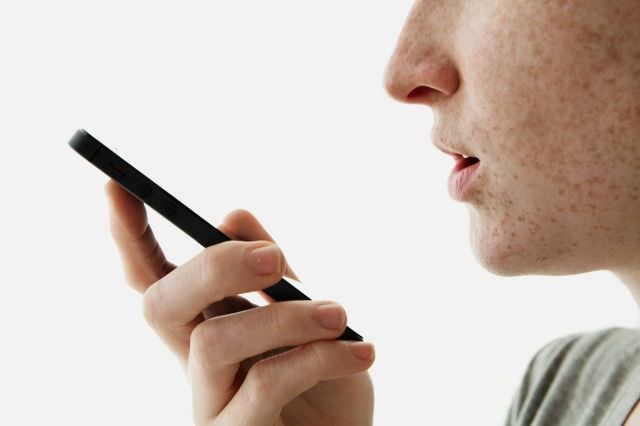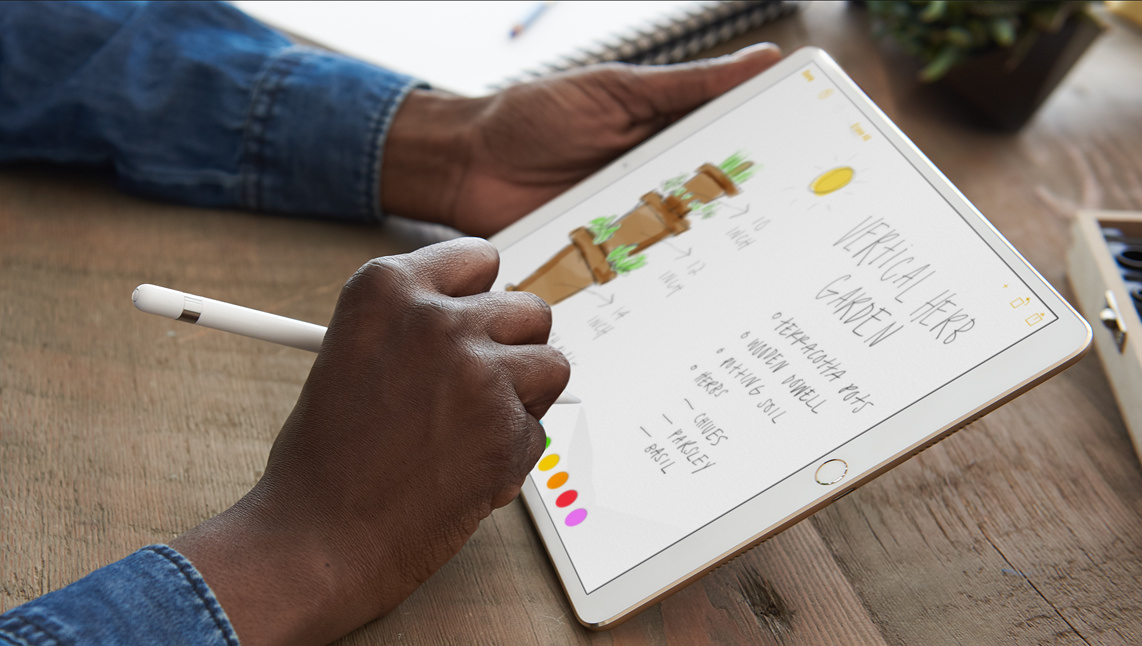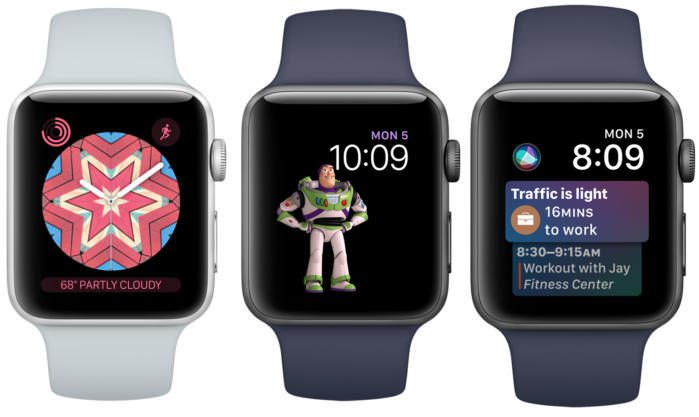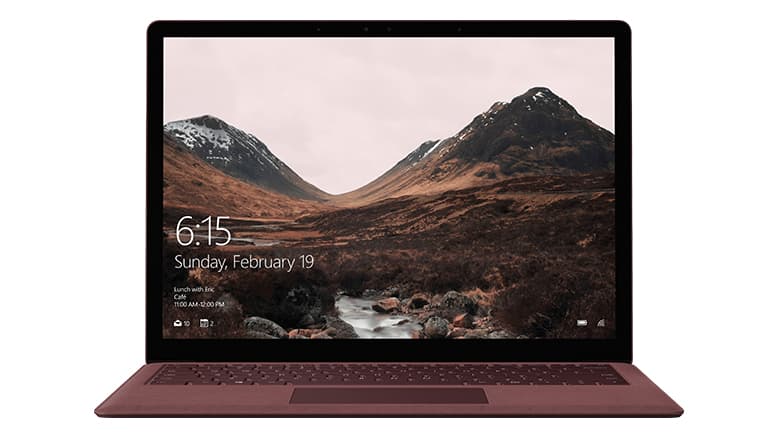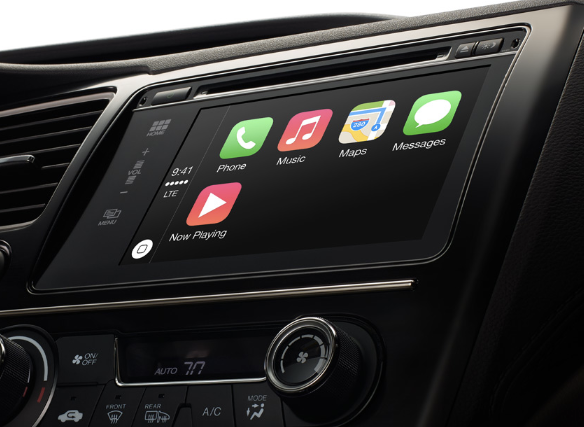A Nielsen Company audience report published in 2016 revealed that American adults devoted about 10 hours and 39 minutes each day to consuming media during the first quarter of 2016. This was an increase of exactly an hour recorded over the same period of 2015. Of those 10 hours, about 4½ hours a day are spent watching shows and movies.
During the same year, the Deloitte Global Mobile Consumer Survey showed that 40% of consumers check their phones within five minutes of waking up and another 30% checks them five minutes before going to sleep. On average we check our phones about 47 times a day, the number grows to 82 times if you are in the 18-24 age bracket. In aggregate, the US consumers check their phones more than 9 billion times per day.
Any way you look at it, we are totally addicted to screens of any form, size, and shape.
While communication remains the primary reason we stare at our screens there are also tasks such as reading books or documents, playing card or board games, drawing and writing that we used to perform in an analog way that are now digital. And, of course, there is content consumption. All adding up to us spending more time interacting with some form of computing device than with our fellow human beings in real life.
I see three big technology trends in development today that could shape the future of our screen addiction in very different ways: ambient computing, Virtual Reality and Augmented Reality.
Ambient Computing: the Detox
Ambient computing is the experience born from a series of devices working together to collect inputs and deliver outputs. It is a more invisible computer interaction facilitated by the many sensors that surround us and empowered by a voice-first interface. The first steps of ambient computing are seen in connected homes where wearables devices function as authentication devices to enable experiences such as turning the lights on or off or granting access to buildings or information. The combination of sensors, artificial intelligence, and big data will allow connected and smart machines to be much more proactive in delivering what we need or want. This, in turn, will reduce our requirements to access a screen to input or visualize information. Screens will become more a complement to our computing experience rather than the core of it.
In order to have a feel for how this might impact average screen time, think about what a device such as a smartwatch does today. While a screen is still involved, it is much smaller and it shows the most important and valuable information to you without drawing you into the device. I often talk about my Apple Watch as the device that helps me manage my addiction. It allows me to be on top of things, without turning each interaction into a 20-minute screen soak. Another example is the interaction you might have with Google Home or Alexa when you inquire about something. Today, for instance, I asked for the definition of “cabana” as my daughter wanted to know. I got what I needed in less than 30 seconds: “a cabin, hut, or shelter, especially one at a beach or swimming pool.” Had she gone on Google Search to find the definition, I guarantee it would have taken a good 10 minutes between reading through the results and looking at pictures, with the effectiveness of the search not being any better because of the screen.
While not a total cure, ambient computing could provide a good detox program that will allow us to let go of some screen time without letting go of our control.
Virtual Reality: the Ultimate Screen Addiction
Virtual Reality is at the total opposite spectrum of Ambient Computing as it offers the ability to lose yourself in the ultimate screen experience. While we tend not to talk about VR as a screen the reality is that, whatever experience you are having, it is still delivered through a screen. A screen that rather than being on your desk, on your wall, or in your hand is on your face through a set of glasses of various shapes.
I don’t expect VR to be something we turn to for long period of times, but if we have ever complained about our kids or spouses having selective hearing when they are gaming or watching sports we got another thing coming!
There are talks about VR experiences that are shared with friends but if multiplayer games are something to go by, I am expecting those “share with friends moments” to be a minor part of the time you will spend in VR. With VR being so much more immersive I think the potential to be in an experience with someone you do not know like you do with traditional gaming, might be a little more involved and overwhelming. Coordinating with actual friends might require too much effort worth making if you are experiencing a music or sports event but maybe not so much if you are just playing a game.
Escapism will be the biggest drive for consumer VR which is the biggest reason for wanting to be cut off from reality.
Augmented Reality: the Key to Rediscovery
Augmented Reality is going to be big, no question about it. Now that Apple will make it available overnight to millions of iPhones and iPads as iOS 11 rolls out, consumers will be exposed and engaged with it.
What I find interesting is the opportunity that AR has to reconnect us to the world around us. If you think about the big excitement around Pokemon Go was that people went outside, walked around, exercised. Because humans do not seem to be able to do anything in moderation, that feel good factor vanished quickly as people were paying more attention to the little creatures than to where they were going culminating in incidents of trespassing, injuries, and fights!
That said, I strongly believe that there are many areas that AR can help with in our rediscovery of the world around us from education, to travel, to nature. Think about Google Translate and how it helps lower the barrier of entry to travel in countries where you do not speak the language.
The trick will be not to position the AR experience as the only experience you want to have. AR should fuel an interest to do more, discover more, experience more.
Of course, developers and ecosystem owners are driven by revenue rather than the greater good of humanity. Yet, I feel that lately the level of concerns around the impact technology is having on our social and emotional skills is growing enough to spur enough interest to drive change.
Ultimately, I believe that our addiction to screens is driven by a long list of wrong reasons. Our obsession feeds off our boredom, our feeling that idle time is unproductive time, and the false sense of safety of connecting to others through a device rather than in person. New technologies will offer the opportunity to change if we really want to.


